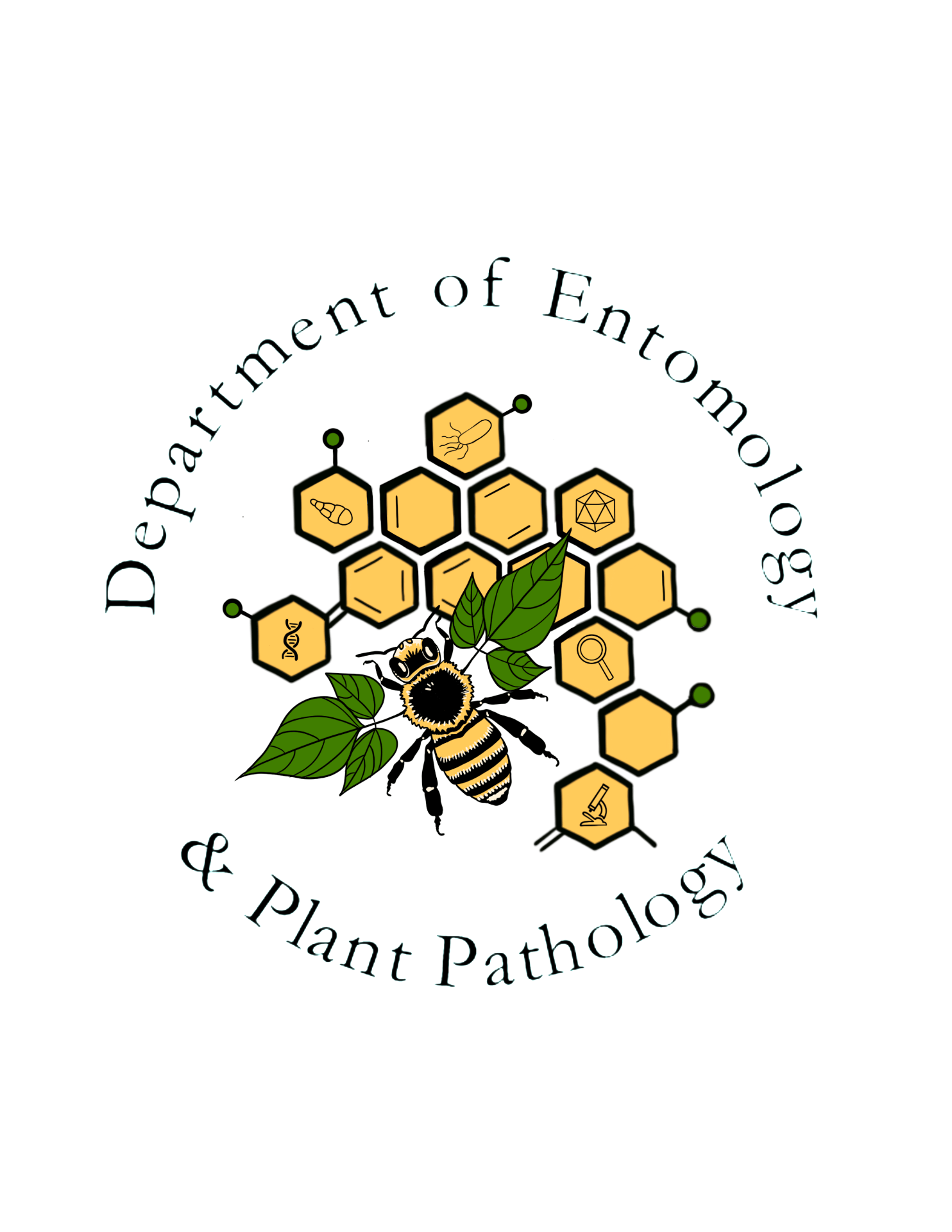Golden digger wasp, great golden digger
Order: Hymenoptera
Family: Sphecidae
Genus and species: Sphex ichneumoneus (Linnaeus)
The golden digger wasp nests in sand or hard packed soil in southern Canada and the United States south to Brazil and Peru. Although the species is considered solitary, with only one female tending each nest, the nests are usually clustered in colonies, probably the result of offspring digging nests in the area where they were themselves reared. The female makes a burrow that is nearly vertical and penetrates 3–12 inches into the soil. She spends as little as two hours digging in loose soils and as much as 3 days digging in hard ground. She excavates 2–7 side compartments or cells into the sides or bottom of the main shaft, and she provisions each cell with several paralyzed nymphal long-horned grasshoppers (katydids) early in the season or a single adult later in the season. Studies have shown that the golden digger prefers cone-headed grasshoppers in the genus Neoconocephalus and meadow grasshoppers of the genus Conocephalus, changing preference as the season progresses. Birds have been known to steal prey from the wasps. Before closing the mouth of a cell, the female wasp deposits an egg on the ventral side of one of her victims. Before starting a new hole, she seals the old one by kicking soil into it with her hind legs then descending to pack the soil with her head. Eggs hatch in 2–3 days, and the larval period lasts 6–9 days. Time of emergence is governed by ground temperature. In northern regions, the wasps chew their way out of the ground about mid July. In colder climates only one generation is produced each year, but in warmer areas at least 2 generations may be produced. After the wasp closes one hole, she normally starts a new one in the same general vicinity. Wasps return to the same colony year after year.

